Anxiety in dogs is a common issue that can significantly impact a dog’s quality of life. While all dogs can experience anxiety, certain breeds are more prone to severe anxiety due to their temperament, genetic predispositions, and environmental factors. Anxiety in dogs can manifest in various ways, including destructive behavior, excessive barking, trembling, and even physical health problems. Understanding which breeds are more susceptible to anxiety can help prospective dog owners make informed decisions and provide the necessary care and support for their furry companions. This article explores 12 dog breeds that are particularly prone to severe anxiety, detailing why they are more susceptible and what owners can do to help alleviate their distress.
12. Chihuahua
The Chihuahua, one of the smallest dog breeds, is known for its big personality and loyal nature. However, Chihuahuas are also prone to severe anxiety, particularly separation anxiety. Due to their strong attachment to their owners, Chihuahuas can become highly distressed when left alone for extended periods. Their small size makes them more vulnerable to environmental stressors, and they often feel insecure in new or unfamiliar situations. Chihuahuas may exhibit signs of anxiety through excessive barking, trembling, and destructive behavior. Owners of Chihuahuas should ensure that their pets are not left alone for long periods and should provide plenty of socialization and comfort to help reduce anxiety levels.
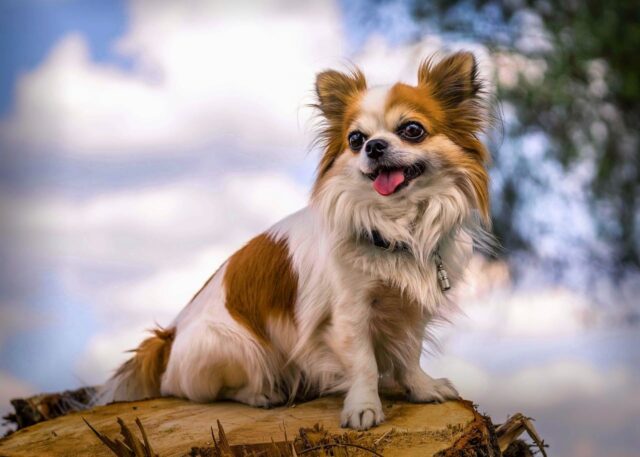
11. Border Collie
Border Collies are renowned for their intelligence and high energy levels, but these traits also contribute to their susceptibility to anxiety. Bred to be working dogs, Border Collies require significant mental and physical stimulation. When they do not receive enough exercise or mental challenges, they can become anxious and exhibit destructive behaviors. Their intelligence means they are highly aware of their surroundings and can be sensitive to changes in routine, loud noises, and new environments. Border Collies may also suffer from separation anxiety if they are left alone too often. Providing plenty of exercise, mental stimulation, and a consistent routine can help alleviate anxiety in Border Collies.
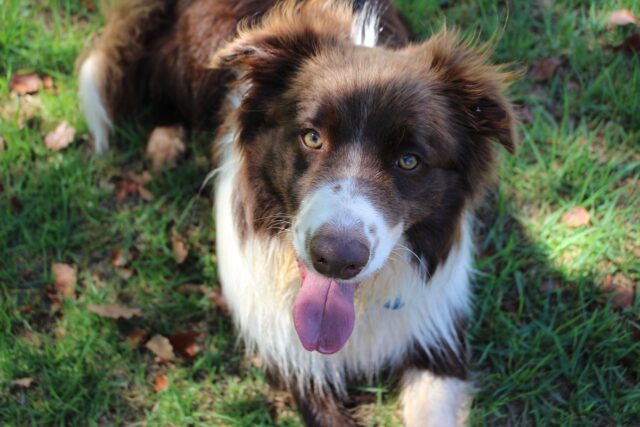
10. German Shepherd
German Shepherds are known for their loyalty, intelligence, and protective nature, but these same qualities can make them prone to anxiety. As a breed that forms strong bonds with its owners, German Shepherds are particularly susceptible to separation anxiety. They are also highly sensitive to changes in their environment and may become anxious in new or unfamiliar situations. German Shepherds are often used as working dogs, and without sufficient exercise and mental stimulation, they can become bored and anxious. Signs of anxiety in German Shepherds may include excessive barking, pacing, and destructive behavior. Owners of German Shepherds should provide consistent training, plenty of exercise, and mental challenges to help manage anxiety.

9. Vizsla
The Vizsla, often referred to as the “Velcro dog,” is known for its strong attachment to its owners. This breed thrives on human companionship and is prone to severe separation anxiety when left alone. Vizslas are highly affectionate and loyal, often following their owners from room to room. Their need for constant companionship can lead to distress when they are separated from their owners, even for short periods. Vizslas may exhibit signs of anxiety through excessive barking, whining, and destructive behavior. To help manage anxiety in Vizslas, owners should provide plenty of social interaction, consider doggy daycare options, and gradually train their dogs to be comfortable when left alone.

8. Labrador Retriever
Labrador Retrievers are one of the most popular dog breeds in the world, known for their friendly and outgoing nature. However, Labs are also prone to anxiety, particularly separation anxiety. As a breed that thrives on human interaction, Labs can become distressed when left alone for extended periods. Their anxiety may manifest through destructive behaviors, such as chewing on furniture or digging, as well as excessive barking or whining. Labrador Retrievers are also sensitive to changes in their environment and may become anxious in new or unfamiliar situations. Providing plenty of exercise, socialization, and a consistent routine can help alleviate anxiety in Labs.

7. Cocker Spaniel
Cocker Spaniels are known for their affectionate and gentle nature, making them a popular choice for families. However, this breed is also prone to severe anxiety, particularly separation anxiety. Cocker Spaniels form strong bonds with their owners and can become highly distressed when left alone. Their anxiety may manifest through excessive barking, destructive behavior, and even physical symptoms such as vomiting or diarrhea. Cocker Spaniels are also sensitive to loud noises and may become anxious during thunderstorms or fireworks displays. To help manage anxiety in Cocker Spaniels, owners should provide plenty of companionship, avoid leaving them alone for long periods, and consider using calming products or techniques during stressful situations.

6. Bichon Frise
The Bichon Frise is a small, cheerful breed known for its friendly and affectionate nature. However, Bichons are also prone to severe anxiety, particularly separation anxiety. Bichon Frises are highly social dogs that thrive on human interaction, and they can become highly distressed when left alone. Their anxiety may manifest through excessive barking, destructive behavior, and even attempts to escape from the home. Bichon Frises are also sensitive to changes in their environment and may become anxious in new or unfamiliar situations. Providing plenty of companionship, gradually training them to be comfortable when left alone, and using calming techniques can help manage anxiety in Bichon Frises.
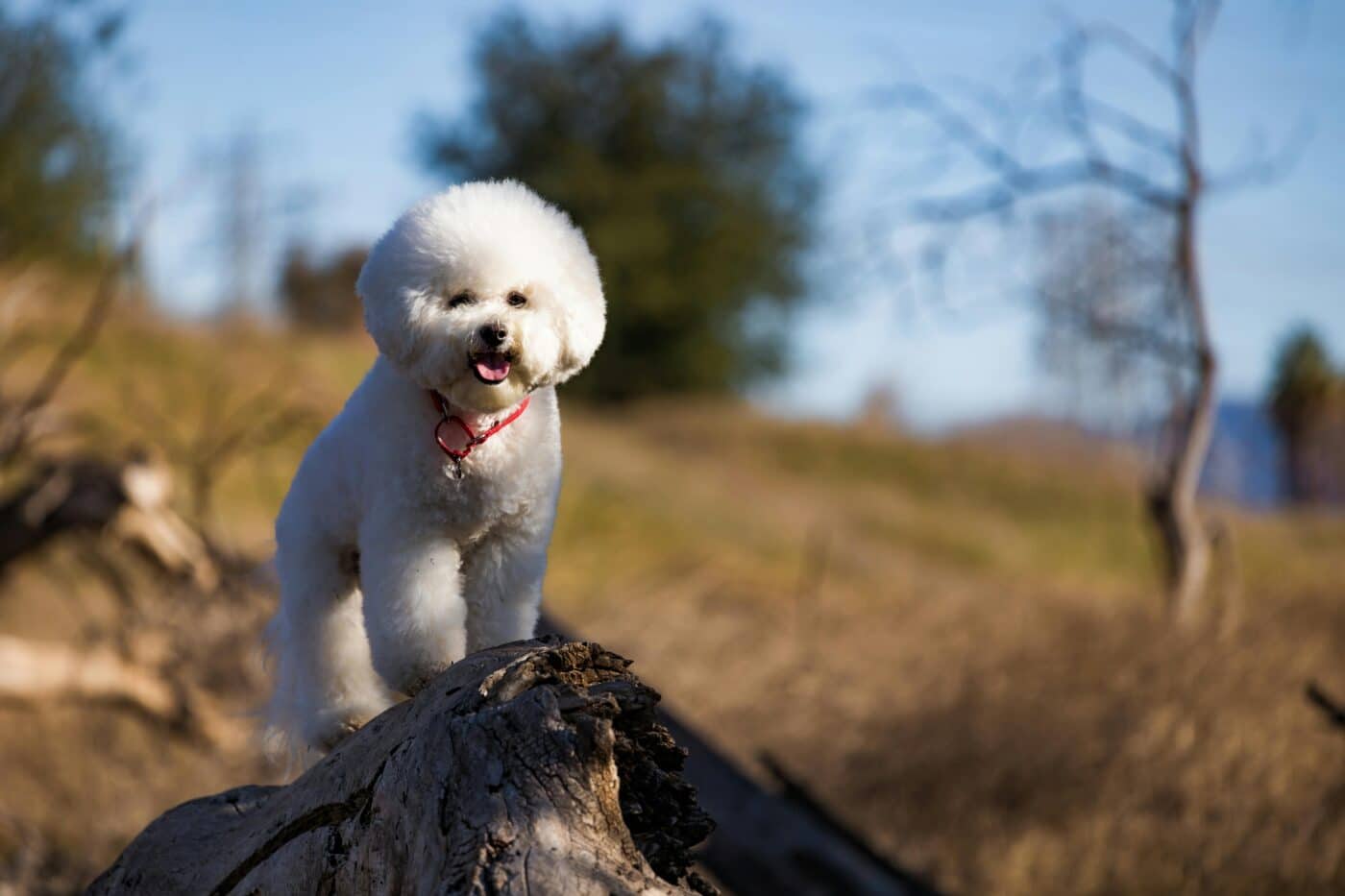
5. Jack Russell Terrier
Jack Russell Terriers are known for their high energy levels and strong hunting instincts, but these traits can also contribute to anxiety. This breed is prone to separation anxiety and can become highly distressed when left alone. Jack Russells require significant mental and physical stimulation, and without enough exercise, they can become bored and anxious. Their anxiety may manifest through excessive barking, digging, and destructive behavior. Jack Russells are also highly sensitive to changes in their environment and may become anxious in new or unfamiliar situations. To help manage anxiety in Jack Russells, owners should provide plenty of exercise, mental challenges, and a consistent routine.
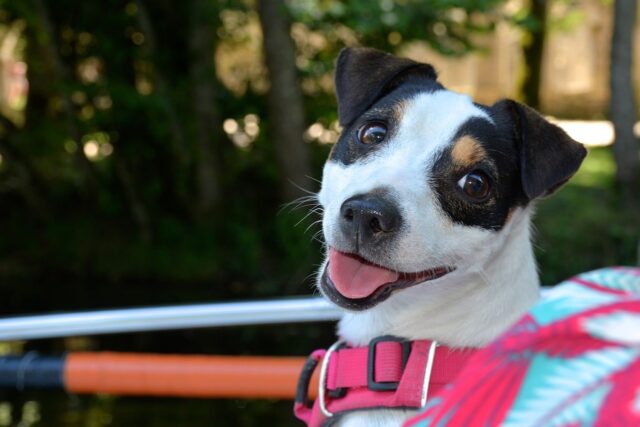
4. Italian Greyhound
The Italian Greyhound is a small, elegant breed known for its gentle and affectionate nature. However, Italian Greyhounds are also prone to severe anxiety, particularly separation anxiety. This breed forms strong bonds with its owners and can become highly distressed when left alone. Italian Greyhounds are also sensitive to changes in their environment and may become anxious in new or unfamiliar situations. Their anxiety may manifest through trembling, excessive barking, and destructive behavior. Italian Greyhounds are also prone to anxiety during thunderstorms or fireworks displays. Providing plenty of companionship, gradually training them to be comfortable when left alone, and using calming techniques can help manage anxiety in Italian Greyhounds.
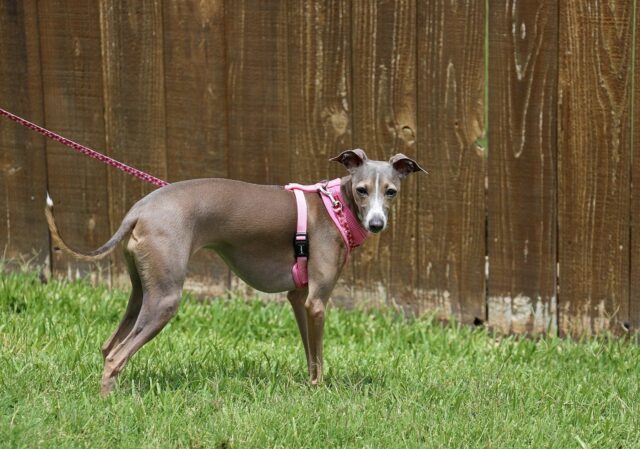
3. Shetland Sheepdog
The Shetland Sheepdog, or Sheltie, is a small to medium-sized breed known for its intelligence and strong work ethic. However, Shelties are also prone to severe anxiety, particularly separation anxiety. This breed forms strong bonds with its owners and can become highly distressed when left alone. Shelties are also sensitive to changes in their environment and may become anxious in new or unfamiliar situations. Their anxiety may manifest through excessive barking, pacing, and destructive behavior. Shelties are also prone to anxiety during thunderstorms or fireworks displays. To help manage anxiety in Shelties, owners should provide plenty of exercise, mental challenges, and a consistent routine.

2. Australian Shepherd
Australian Shepherds are highly intelligent and energetic dogs that thrive on mental and physical stimulation. However, these same traits can make them prone to anxiety, particularly if their needs are not met. Australian Shepherds require significant exercise and mental challenges, and without enough stimulation, they can become bored and anxious. They are also highly sensitive to changes in their environment and may become anxious in new or unfamiliar situations. Australian Shepherds are prone to separation anxiety and may exhibit signs of anxiety through destructive behaviors, excessive barking, and pacing. To help manage anxiety in Australian Shepherds, owners should provide plenty of exercise, mental challenges, and a consistent routine.
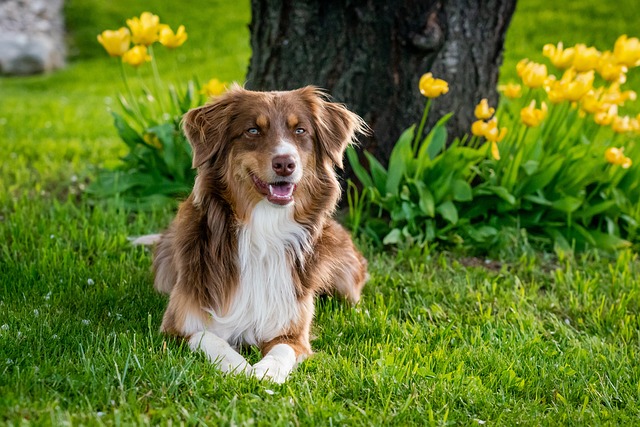
1. Whippet
Whippets are gentle and affectionate dogs known for their sleek, athletic build and calm demeanor. However, Whippets are also highly prone to anxiety, particularly separation anxiety. This breed forms strong bonds with its owners and can become highly distressed when left alone. Whippets are also sensitive to changes in their environment and may become anxious in new or unfamiliar situations. Their anxiety may manifest through trembling, excessive barking, and destructive behavior. Whippets are also prone to anxiety during thunderstorms or fireworks displays. Providing plenty of companionship, gradually training them to be comfortable when left alone, and using calming techniques can help manage anxiety in Whippets.

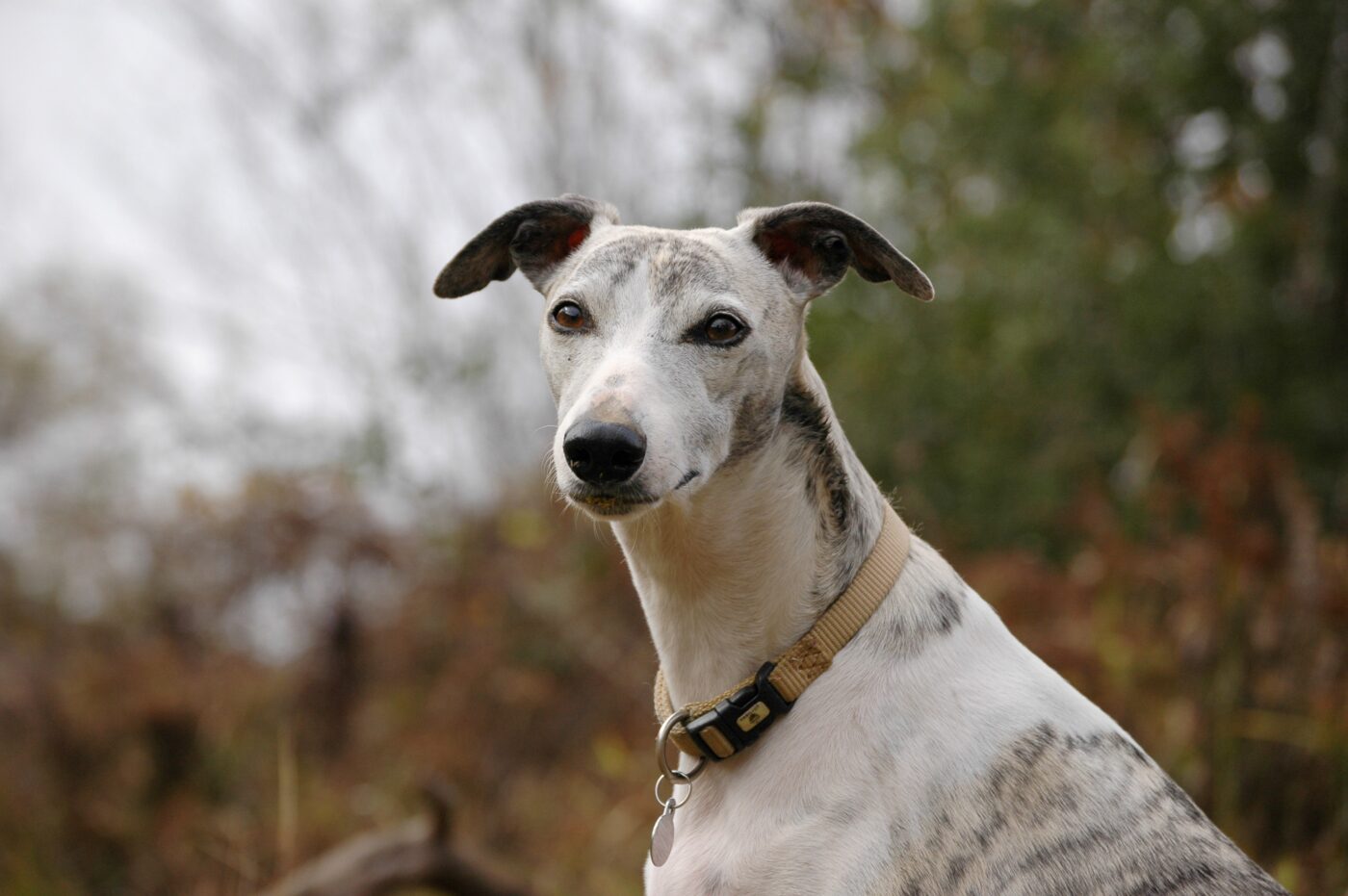
These dog breeds are particularly prone to severe anxiety due to their temperament, genetic predispositions, and environmental factors. Understanding the specific needs and sensitivities of these breeds can help prospective dog owners provide the necessary care and support to manage anxiety effectively. Whether it’s through consistent training, providing plenty of mental and physical stimulation, or using calming techniques, there are ways to help alleviate anxiety and ensure a better quality of life for these dogs. If you’re considering one of these breeds, it’s important to be aware of their potential for anxiety and be prepared to meet their needs with patience and understanding.
 Toledo, United States.
Toledo, United States.